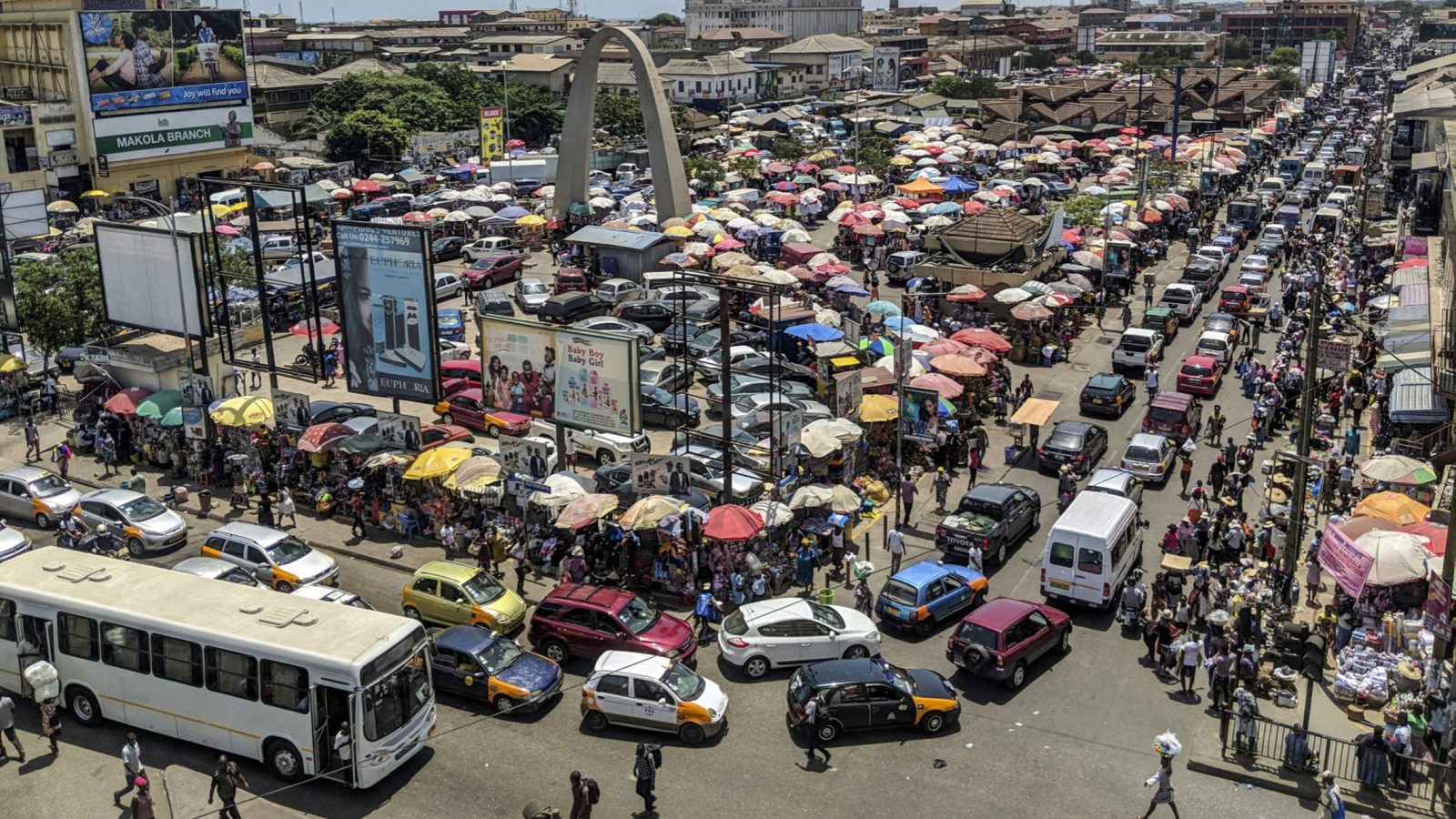Moritz Kraemer’s Markets Insight piece (January 19) rejects the suggestion that the downgrading of African sovereign eurobonds is evidence of an anti-African bias. If anything, Kraemer argues, the credit rating agencies have been rating too generously, evidenced by figures showing the default ratio for B-rated African countries has historically been much higher than the global average.
But the data he presents to support this is patchy. African countries do not have a long history of ratings or even market access and in any case this fails to explain why African countries routinely have to pay more for their debt than Latin American countries with similar or riskier profiles.
Where he is right, however, is that criticising rating agencies will not help to solve the debt crisis affecting more than half the low-income economies in sub-Saharan Africa.
The seriousness of the situation cannot be overstated. These countries are paying an average of 31 per cent of revenues as debt service. This leaves little room for spending on development after recurrent expenditure is accounted for. As a consequence, gains on the poverty front are eroding quickly. The World Bank predicts that across sub-Saharan Africa, per capita gross domestic product, which has not increased since 2015, will drop at an annual average rate of 0.1 per cent over the 10 years to 2025, by when the number of people living in absolute poverty will have reached 472mn, or 37 per cent of the region’s population.
Addressing this situation will need more than the current package of half-measures which are aimed at addressing the liquidity problem for market access countries. Africa’s debt crisis is also a solvency one with developmental ramifications. What is needed is a comprehensive approach: the equivalent of the Heavily Indebted Poor Countries (HIPC) initiative, which the World Bank and IMF launched in 1996 to ensure that no poor country faced an unmanageable debt burden.
But safeguards should be put in place to address the moral hazard of debt forgiveness. There should also be much greater attention on reforming the Common Framework — the G20’s mechanism for dealing with insolvency and protracted liquidity problems — to facilitate orderly and quicker debt restructuring for those market access countries that would need to do so.
Evans Osano
Director, Capital Markets, FSD Africa
Read original article



